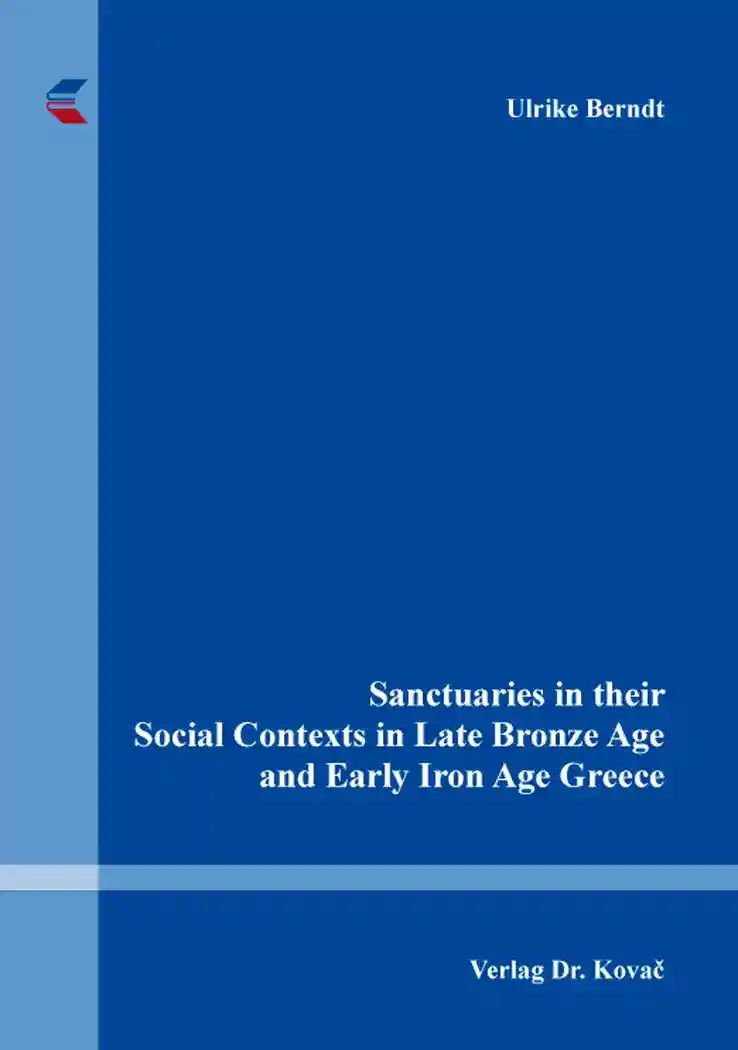Ulrike BerndtSanctuaries in their Social Contexts in Late Bronze Age and Early Iron Age Greece
ANTIQUITATES – Archäologische Forschungsergebnisse, volume 74
Hamburg 2020, 418 pages
ISBN 978-3-339-11646-8 (print)
ISBN 978-3-339-11647-5 (eBook)
Rezension
[…] ist […] abschließend festzuhalten, dass die Forschungsdebatte hinsichtlich der Kultkontinuität von der mykenischen Palastzeit über die Nachpalastzeit bis in die Frühe Eisenzeit durch die Integration des Aspektes der zwei unterschiedlichen Formen des kollektiven Gedächtnisses, des kommunikativen und des kulturellen Gedächtnisses, eindeutig bereichert worden ist.
About this book deutschenglish
The Bronze Age – Iron Age transition and the collapse of the Mycenaean palace system are among the most interesting periods of Greek history. The resulting shifts in social structures also affected other areas, religion among them. Beyond the private sphere, sanctuaries are not only spaces for public cult practice, but can also serve as spaces for social representation and displays of power. Within the three chronological periods examined in the study – the Mycenaean Palatial Period, the Postpalatial Period and the Early Iron Age – the exact use and instrumentalization of those spaces varies.
The study follows those changes by means of a comprehensive comparison of published finds catalogues of sanctuaries dating between 1400 and 750 B.C. (LH III A – Middle Geometric Period). Material from cemeteries and settlements was used for further comparison, and also to work out new criteria for the identification of those early Greek sanctuaries. Within this connection of religion and society, the question of cult continuity from the Bronze Age into the historical periods takes a central spot. Models of collective memory and forgetting offer an explanation for the abandonment of some traditions at the end of the Bronze Age within the framework of larger societal changes and help to explain the differences between the religion of the Late Bronze Age and classical antiquity. Those models and the detailed analysis of the finds both throw light on the various social, political and economic influences that had an impact of the public space of the sanctuary and the cult practice in general.
